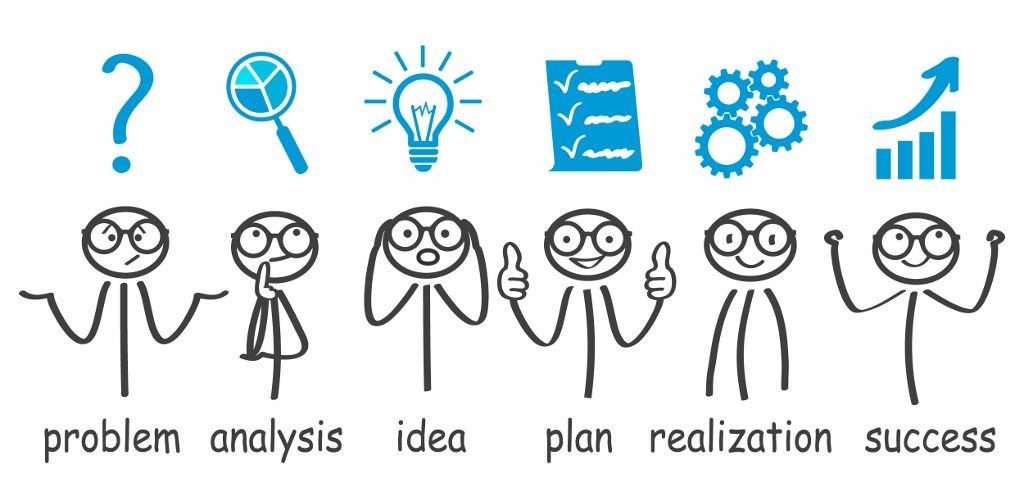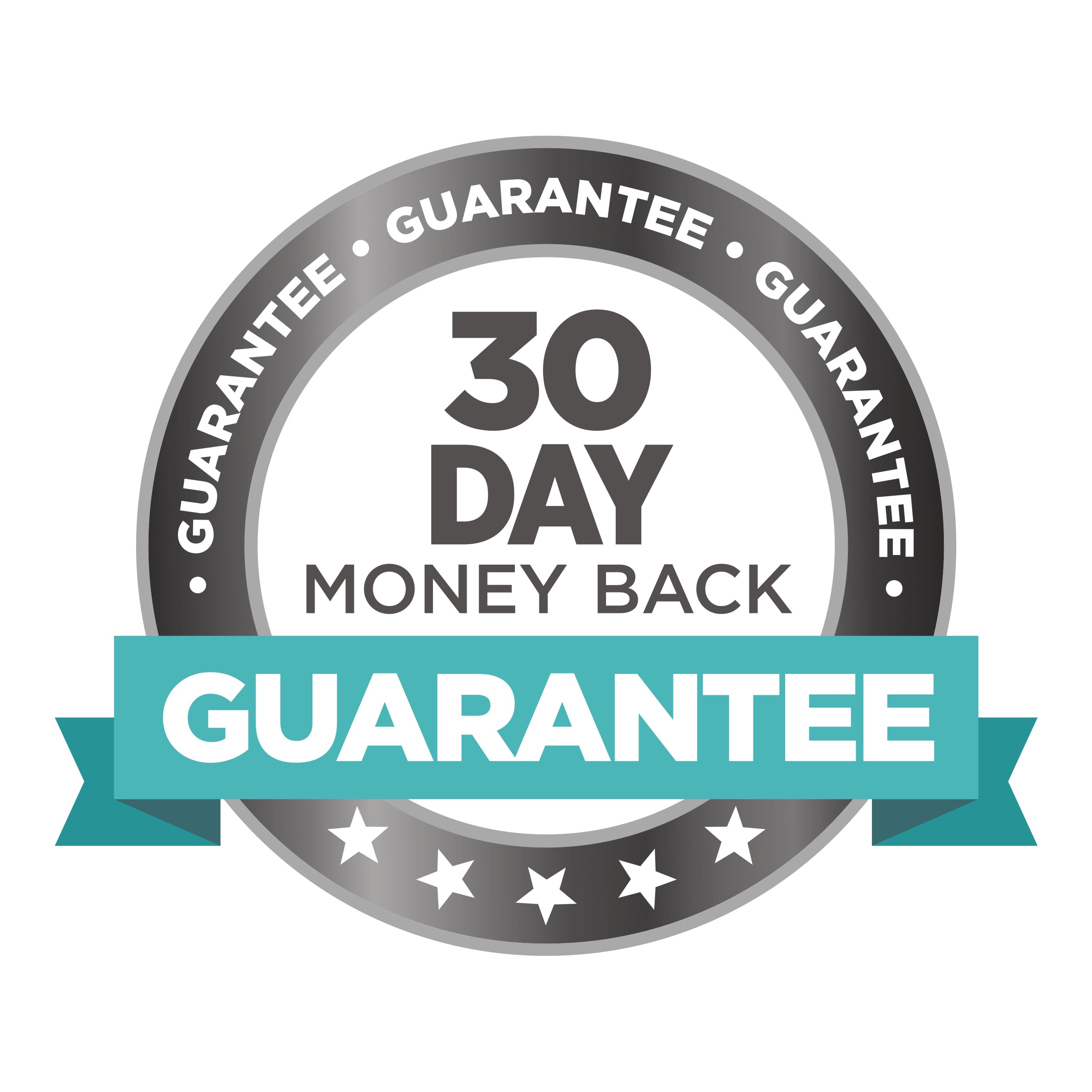HOW TO WRITE A GREAT SALES PAGE

A sales page is the cornerstone of an online marketing campaign. Your ads lead here: this is the page that contains all the info on your product, as well as why the customer should buy it and how to do so.
Even though sales pages can run long, they don’t have to be a daunting prospect. There are several formulas out there to help you write a high-converting sales page, but this one fits all offers and is easily customisable for your needs.
Before you begin, it’s essential to have two things in mind: who you’re going to target, and what action you want them to take on the page. Identifying your audience will narrow down their problems and desired benefits to help write your copy, while having just one call to action – such as “buy now” or “join” – lessens the amount of decisions the reader has to make, removing barriers to the sale.
With those in mind, let’s get writing:
1. Headline

This is the bold text most visitors see first, so it has to hook the reader and make them want to find out more.
There are many headline formulas out there, but you can write your own by remembering some tried and tested ideas. Starting your headline with an action verb such as “speak”, “download” or “imagine” primes an action response and gets your reader to feel like they already accomplished something. Highlight the benefits of your service or product right away, or generate curiosity with an unusual fact or incredible results someone got from using your product.
2. Establish A Problem

Think about your audience, and identify the biggest problem they want to solve. Or, describe the problem your product or service solves best. Step into your audience’s shoes – how does that feel? How does this problem impact their day to day lives? Use the words “you” and “your” to agitate the problem in your reader’s mind.
3. Introduce Your Solution

Here’s where you offer respite from the problem by introducing yourself and the product or service you’ve created that can solve their problem, even one as big as the one you’ve just described in painful detail. Describe your solution in a paragraph, then use a bullet pointed list for a rundown of features and benefits.
4. Social Proof

Now, reassure readers by showing them examples of your product working for others. Testimonials, case studies, celebrity endorsements and client logos all work for social proof – even better when you combine two or more. Reviews from sites such as Trustpilot or Feefo also helps instil trust, so include anything you feel really proud of.
5. Guarantee

Remove any risk for potential customers by giving them details of your money back offer, 30 day guarantee or other failsafe that protects their investment. You’ll squash objections, and make them feel safe in trusting you.
6. Frequently Asked Questions

This is optional but highly recommended if you have a layered product such as a membership, software or online course. Include what it is, what they can expect, technical specifications, and any other questions you think customers might need to know upfront.
7. Ask For The Sale
Your call to action has to be simple, and motivating. A clear and concise verb tells visitors what you expect them to do next, and what they’ll get as a result (for example, “download now”, “book a free consultation” or “join the club”). Give pricing info, and make it easy for the customer to checkout.
Follow these steps, and you’ll have a solid sales page that will work for any offer.
